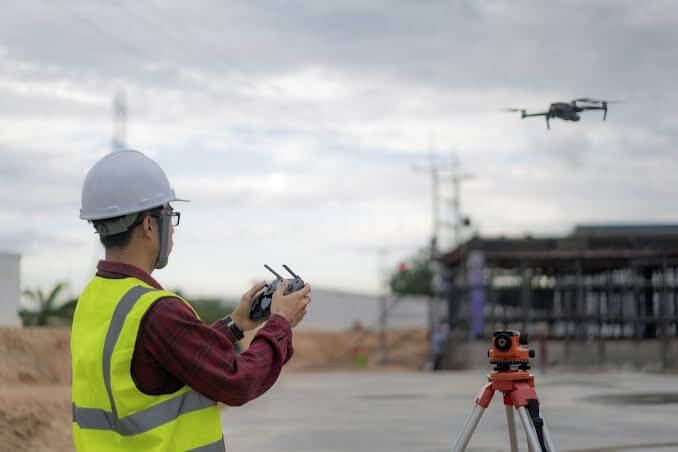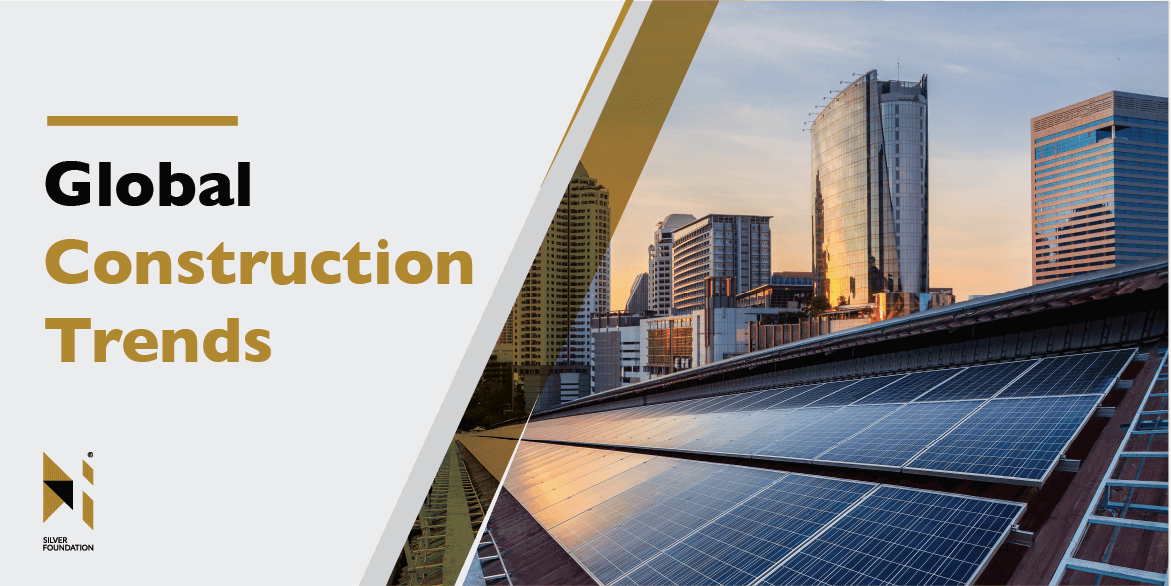In an ever-evolving world, the construction industry is not left behind. It is continuously shaped by new trends and technologies, creating a dynamic and exciting landscape. From green buildings in Europe to prefabricated structures in Asia, to digitalization in North America, here’s a look at the global construction trends shaping the industry.
Europe: Green and Sustainable Building
A significant trend in Europe is the increasing emphasis on sustainable and green building The [European Green Deal] has set the tone for a “green wave” in construction, promoting energy-efficient buildings, reduced greenhouse gas emissions, and the use of sustainable materials.
The focus on carbon-neutral construction and retrofitting existing structures to meet new energy efficiency standards is a significant driver. New technologies such as green concrete and energy-generating solar windows are also gaining attention.

Asia: Prefabrication and Modular Construction
In Asia, prefabrication and modular construction are leading the way. This trend is driven by multiple factors, including labor shortages, rapid urbanization, and the need for efficient and cost-effective construction methods.
China, in particular, has been at the forefront of this trend with its impressive feats of rapid construction. Prefabricated and modular buildings are built off-site, then assembled on-site, reducing construction time and waste. This method also offers the flexibility to disassemble and relocate buildings, a feature that resonates with the transient nature of urban development in many Asian cities.
North America: Digitalization and Construction Tech
Digitalization and construction technology or ConTech, is a trend that has swept across North America. This trend is characterized by the use of software and digital tools to plan, design, and manage construction projects, improving efficiency and reducing costs.
Building Information Modeling (BIM) is being widely adopted, creating 3D models of buildings that can be interactively explored before they’re built. This allows for better planning and fewer errors in the construction process.
Drone technology is also being used for site surveys, inspections, and progress monitoring. Additionally, augmented reality (AR) and virtual reality (VR) technologies are gaining traction, offering immersive ways to visualize and interact with construction projects.
Africa: Affordable Housing and Local Material Use
Africa’s construction industry is seeing a growing emphasis on **affordable housing and local material use**. Rapid urbanization has increased the demand for affordable housing, leading to innovative construction methods designed to lower costs and speed up building times.
The use of local materials is also being promoted to reduce costs and make construction projects more sustainable. For example, in Rwanda, affordable housing projects are making use of bricks made from local volcanic ash, providing a cheaper and more eco-friendly alternative to traditional bricks.
Latin America: Infrastructure Development
Infrastructure development is a significant trend in Latin America, driven by increasing urban populations and the need for improved transport, water, and energy infrastructure. Governments across the region are prioritizing infrastructure projects, leading to a surge in construction activity.
This trend is also leading to increased use of public-private partnerships (PPPs) to fund and manage large-scale infrastructure projects. These partnerships combine public oversight with private sector efficiency, potentially resulting in better outcomes for these critical projects.

Conslustion
In a world increasingly focused on sustainability, efficiency, and digitalization, the construction industry is adapting to meet these demands. The trends discussed above reflect the diverse ways in which this is happening around the globe. As these trends continue to evolve, they will no doubt shape the future of the construction industry, making it more sustainable, efficient, and technologically advanced.

